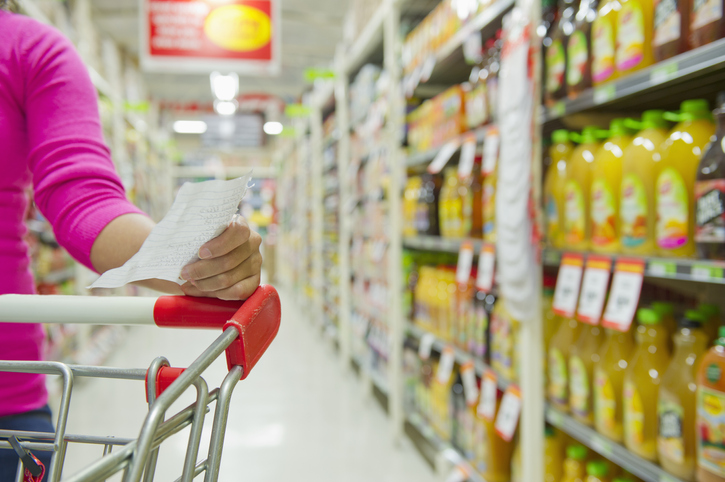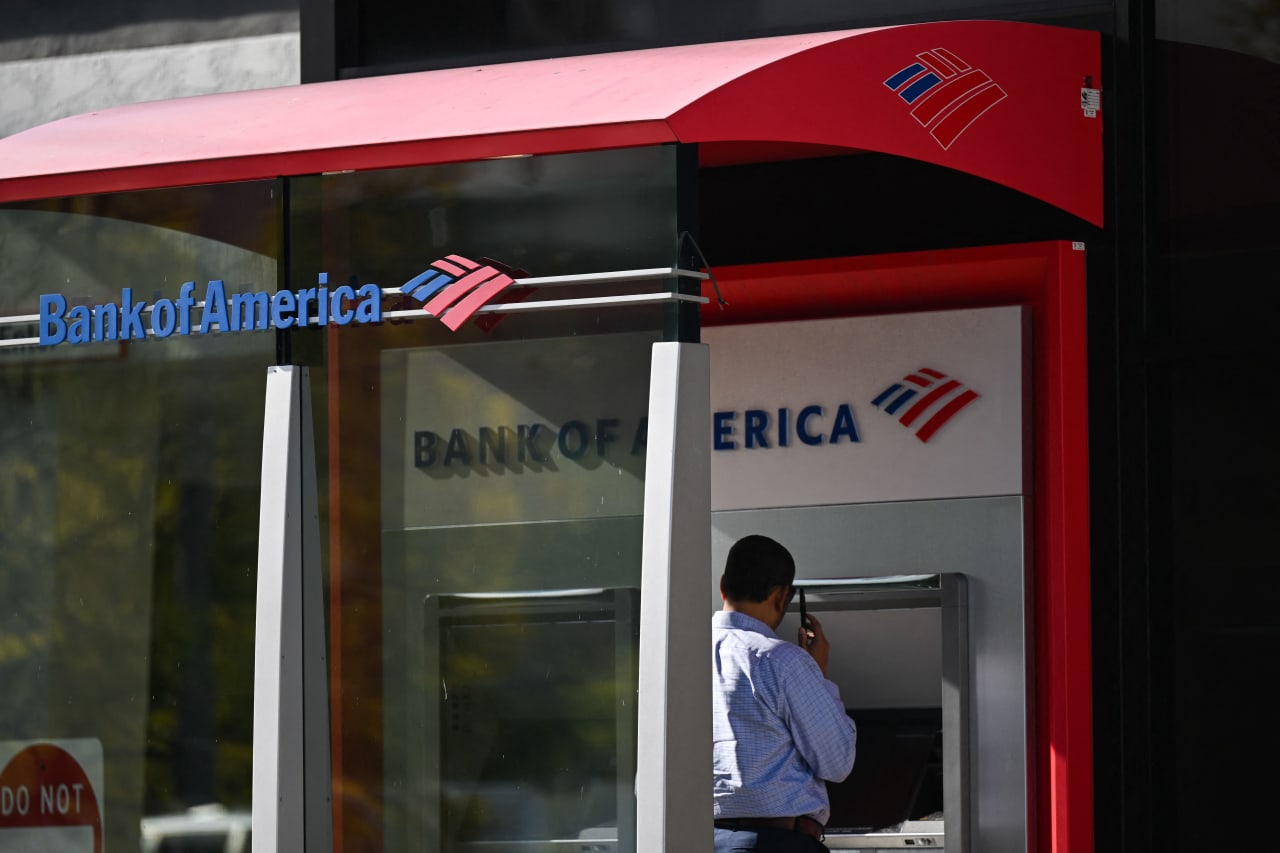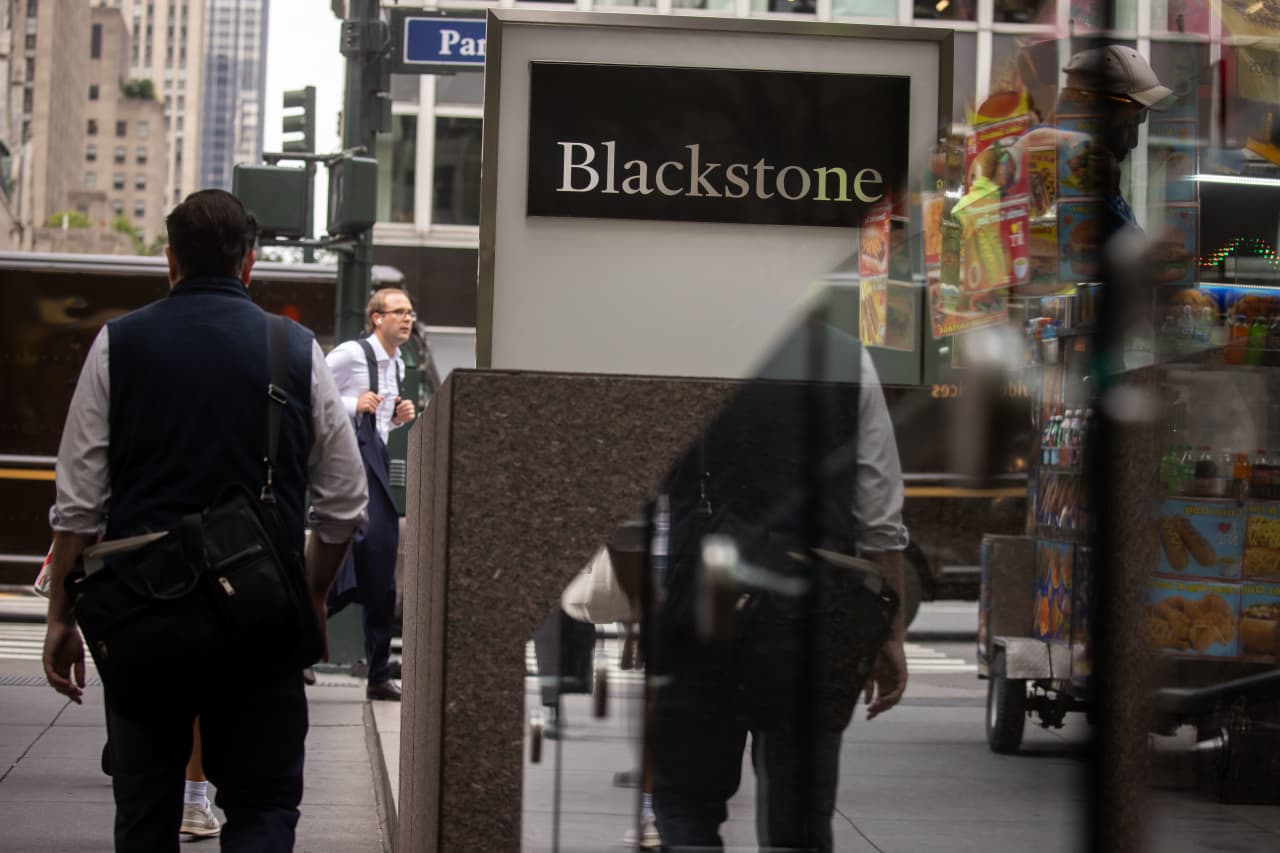The sticky economic factor making an interest rate drop unlikely this year
It’s a key indicator in the RBA board’s decision making process, but it is proving difficult to move in the right direction
The consumer price index (CPI) rose in April to an annual rate of 3.6 percent, which was 0.1 percent higher than in March, raising doubts about an interest rate cut this year as inflation starts looking stickier than expected. This is the second consecutive month of small rises, potentially indicating that Australia is experiencing the same stalled progress in bringing inflation down that is being seen in the United States, as both nations approach their central banks’ target inflation bands.
In Australia, the target inflation band is 2 to 3 percent, with the Reserve Bank of Australia (RBA) aiming to achieve the midpoint under its new agreement with the Federal Government following a formal review. In its interest rate decision-making, the RBA does not give as much weight to the monthly inflation data because not all prices are measured like they are in the quarterly data. On a quarterly basis, inflation has continued to fall. In the March quarter, the annual rate of inflation was 3.6 percent, down from 4.1 percent in December, according to the Australian Bureau of Statistics (ABS).
CBA economist Stephen Wu noted the April data was above the bank’s forecast of 3.5 percent as well as the industrywide consensus forecast of 3.4 percent. He predicts the next leg down in inflation won’t be until the September quarter, when we will see the effects of electricity rebates and a likely smaller minimum wage increase to be announced by the Fair Work Commission next month compared to June 2023.
The most significant contributor to the April inflation rise were housing costs, which rose 4.9 percent on an annual basis. This reflects a continuing rise in weekly rents amid near-record low vacancy rates across the country, as well as significantly higher labour and materials costs which builders are passing on to the buyers of new homes, as well as renovators.
The second biggest contributor was food and non-alcoholic beverages, up 3.8 percent annually, reflecting higher prices for fruit and vegetables in April. The ABS said unfavourable weather led to a reduced supply of berries, bananas and vegetables such as broccoli. The annual rate of inflation for alcohol and tobacco rose by 6.5 percent, and transport rose by 4.2 percent due to higher fuel prices.
Robert Carnell, the Asia Pacific head of research at ING, said they no longer expect a rate cut this year after seeing the April data. Mr Carnell said an increase in trend inflation was apparent and “rate cuts this year look unlikely”. In the RBA’s latest monetary policy statement, published before the April CPI was released, it said: “Inflation is expected to be higher in the near term than previously thought due to the stronger labour market and higher petrol prices. But inflation is still expected to return to the target range in the second half of 2025 and to reach the midpoint in 2026.”
This stylish family home combines a classic palette and finishes with a flexible floorplan
Just 55 minutes from Sydney, make this your creative getaway located in the majestic Hawkesbury region.
When will Berkshire Hathaway stop selling Bank of America stock?
Berkshire began liquidating its big stake in the banking company in mid-July—and has already unloaded about 15% of its interest. The selling has been fairly aggressive and has totaled about $6 billion. (Berkshire still holds 883 million shares, an 11.3% interest worth $35 billion based on its most recent filing on Aug. 30.)
The selling has prompted speculation about when CEO Warren Buffett, who oversees Berkshire’s $300 billion equity portfolio, will stop. The sales have depressed Bank of America stock, which has underperformed peers since Berkshire began its sell program. The stock closed down 0.9% Thursday at $40.14.
It’s possible that Berkshire will stop selling when the stake drops to 700 million shares. Taxes and history would be the reasons why.
Berkshire accumulated its Bank of America stake in two stages—and at vastly different prices. Berkshire’s initial stake came in 2017 , when it swapped $5 billion of Bank of America preferred stock for 700 million shares of common stock via warrants it received as part of the original preferred investment in 2011.
Berkshire got a sweet deal in that 2011 transaction. At the time, Bank of America was looking for a Buffett imprimatur—and the bank’s stock price was weak and under $10 a share.
Berkshire paid about $7 a share for that initial stake of 700 million common shares. The rest of the Berkshire stake, more than 300 million shares, was mostly purchased in 2018 at around $30 a share.
With Bank of America stock currently trading around $40, Berkshire faces a high tax burden from selling shares from the original stake of 700 million shares, given the low cost basis, and a much lighter tax hit from unloading the rest. Berkshire is subject to corporate taxes—an estimated 25% including local taxes—on gains on any sales of stock. The tax bite is stark.
Berkshire might own $2 to $3 a share in taxes on sales of high-cost stock and $8 a share on low-cost stock purchased for $7 a share.
New York tax expert Robert Willens says corporations, like individuals, can specify the particular lots when they sell stock with multiple cost levels.
“If stock is held in the custody of a broker, an adequate identification is made if the taxpayer specifies to the broker having custody of the stock the particular stock to be sold and, within a reasonable time thereafter, confirmation of such specification is set forth in a written document from the broker,” Willens told Barron’s in an email.
He assumes that Berkshire will identify the high-cost Bank of America stock for the recent sales to minimize its tax liability.
If sellers don’t specify, they generally are subject to “first in, first out,” or FIFO, accounting, meaning that the stock bought first would be subject to any tax on gains.
Buffett tends to be tax-averse—and that may prompt him to keep the original stake of 700 million shares. He could also mull any loyalty he may feel toward Bank of America CEO Brian Moynihan , whom Buffett has praised in the past.
Another reason for Berkshire to hold Bank of America is that it’s the company’s only big equity holding among traditional banks after selling shares of U.S. Bancorp , Bank of New York Mellon , JPMorgan Chase , and Wells Fargo in recent years.
Buffett, however, often eliminates stock holdings after he begins selling them down, as he did with the other bank stocks. Berkshire does retain a smaller stake of about $3 billion in Citigroup.
There could be a new filing on sales of Bank of America stock by Berkshire on Thursday evening. It has been three business days since the last one.
Berkshire must file within two business days of any sales of Bank of America stock since it owns more than 10%. The conglomerate will need to get its stake under about 777 million shares, about 100 million below the current level, before it can avoid the two-day filing rule.
It should be said that taxes haven’t deterred Buffett from selling over half of Berkshire’s stake in Apple this year—an estimated $85 billion or more of stock. Barron’s has estimated that Berkshire may owe $15 billion on the bulk of the sales that occurred in the second quarter.
Berkshire now holds 400 million shares of Apple and Barron’s has argued that Buffett may be finished reducing the Apple stake at that round number, which is the same number of shares that Berkshire has held in Coca-Cola for more than two decades.
Buffett may like round numbers—and 700 million could be just the right figure for Bank of America.
This stylish family home combines a classic palette and finishes with a flexible floorplan
Just 55 minutes from Sydney, make this your creative getaway located in the majestic Hawkesbury region.


















